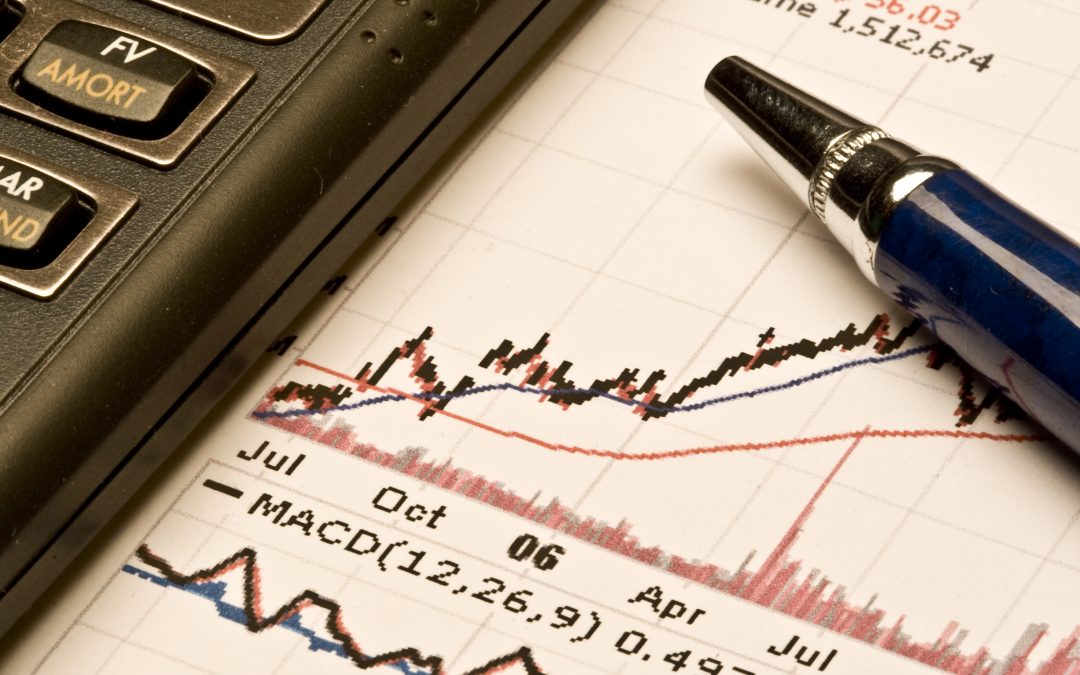6 second take: Understanding market volatility can help you make smart investing decisions even when the stock market seems scary.
What Causes Market Volatility?
The stock market mirrors the collective hopes and fears of individual investors — big and small, rich and not so rich. If investors are optimistic, the market will most likely perform well. On the other hand, if everyone expects the end of the world… well, you get the picture.
What really drives market volatility? Three broad areas investors fixate on most: corporate profits and losses, rising and falling interest rates, and geo-political events.
When investors start to lose confidence and grow more fearful, the most risk-averse start selling.
And that can turn into a snowball that drags everyone down.
The Physics Behind It All
We all love the thrill of watching our account balances grow month after month, year after year. We expect that, with the added expectation that there could be some small inconsequential dips along the way.
But when the market falls dramatically and frequently, then we have volatility — the deviation from what stock market investors expect (growth). When volatility takes hold, as it did this year, it typically spikes before it dampens down.
Think of a vibrating guitar string: Initially after a good pluck, the oscillation is strong and fast. But eventually the vibration will stop.
Luckily, the big brains who run the stock market have ways to minimize volatility when it kicks in.
Can We Measure Volatility?
Those big brains also created the Chicago Board Options Exchange Volatility Index, commonly called the VIX, to gauge the stock market’s anxiety or fear levels.
How the VIX works is a bit complicated, so I’ll keep it simple. There’s a secondary stock market in which some investors (basically, sophisticated, qualified investors) may profit by placing risky bets, or “options,” on whether certain stocks will rise or implode in price. The VIX basically attempts to predict the behaviors of these “option” investors over the next 12 months.
How Should Investors Act When Volatility Strikes?
First of all, investors should be prepared for bouts of volatility. That means you should consider diversifying, or invest your money — whether for retirement, your kid’s college education, or that trip you have been planning — in a lot of different things, like the stocks of both big and small companies and bonds issued by governments and corporations.
And during times of volatility, keep calm and carry on. Be mindful that most bouts of volatility are short-lived.
If you have the means, you should be investing regularly over months, years, and decades through market ups and downs.
Just don’t try to time the market. Steady Eddie (i.e. long-term investing) is what most top wealth management firms advise.
Can Market Volatility Be a Good Thing?
Of course. This is what’s called a buying opportunity. When the stock market declines and stock prices become cheaper, you can obviously buy a larger number of your favorite stocks at lower prices.
Final Thoughts
Instead of looking at volatility as a curse, look at it as an opportunity. It keeps us honest. It’s a cold slap in the face when we’re getting overconfident and complacent. It’s a reminder that the rational side of brains — not our reactive instincts — can and should run the show.
Let’s all take a lesson from this year’s stock market volatility and keep in mind that the market isn’t the economy. Review your personal investment or wealth plan, keep your cool, and don’t run for the hills.
REACH OUT TODAY!
239-920-4440
Tom Moran AIF®
Chairman, CEO and CIO
5801 Pelican Bay Blvd Suite 110
Naples, FL 34108
Asset allocation and diversification are investment methods used to help manage risk. They do not guarantee investment returns or eliminate risk of loss including in a declining market.
Investing in stocks involves risk and their returns and risk levels can vary depending on prevailing market and economic conditions.
CONTACT US

